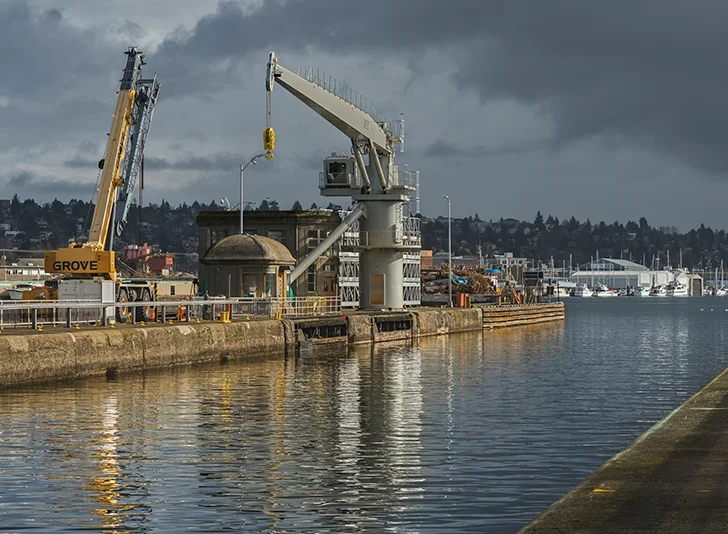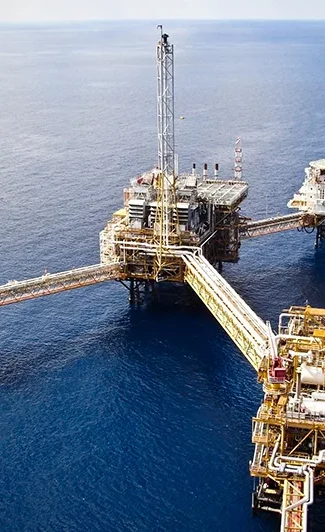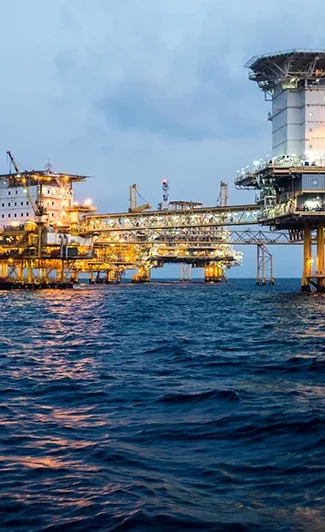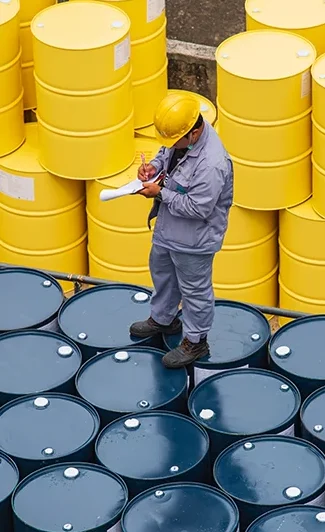
- February 6, 2023
- 0 Comments
Why Western Canada’s Heavy Oil Producers Are Facing Low Prices Again
Western Canada’s heavy oil producers have been struggling with low prices for their crude oil, compared to the benchmark West Texas Intermediate (WTI) price. This price gap, or differential, reflects the transportation cost and the market conditions between the two regions. The differential has been increasing in the last few months, as the demand for heavy oil has been soft, the production has been growing, and the pipeline capacity has been tight. However, a potential solution for this problem may be on the way, as the Trans Mountain Expansion Project (TMX) is expected to be operational by the end of this year. The TMX project will increase the pipeline capacity from Western Canada to the Pacific Coast, and enable more heavy oil to reach the Asian markets, where the demand and the prices are higher. In today’s blog, we will explore the drivers of the heavy oil differential, and the impact of the TMX project on the price gap.
What Drives the Heavy Oil Differential?
The heavy oil differential is the difference between the price of Western Canadian Select (WCS), the benchmark for Western Canada’s heavy oil, and the price of WTI, the benchmark for North American light oil. The differential is influenced by several factors, such as:
-
Transportation cost: The transportation cost is the main component of the differential, as it reflects the cost of moving the crude oil from Western Canada to the refineries or the export terminals in the U.S. or Canada. The transportation cost depends on the mode of transportation, such as pipeline, rail, or truck, and the availability of the transportation capacity. Pipeline transportation is the cheapest and the most preferred mode of transportation, but it is also the most constrained, as the pipeline capacity from Western Canada to the U.S. or Canada is limited and often fully utilized. Rail transportation is the next best option, but it is more expensive and less reliable than pipeline transportation. Truck transportation is the most expensive and the least efficient mode of transportation, and it is only used for short distances or as a last resort.
-
Market conditions: The market conditions are the other component of the differential, as they reflect the supply and demand balance for heavy oil in the U.S. or Canada. The market conditions depend on the refinery demand, the production levels, the export demand, and the competition from other grades of crude oil. The refinery demand for heavy oil is determined by the refining capacity, the refining margins, the refinery outages, and the refinery preferences. The production levels of heavy oil are determined by the drilling activity, the well productivity, the operating costs, and the environmental regulations. The export demand for heavy oil is determined by the global oil demand, the global oil prices, the freight rates, and the access to the export terminals. The competition from other grades of crude oil is determined by the price and quality differences, the availability and diversity of the crude oil supply, and the transportation and storage constraints.
How Has the Heavy Oil Differential Changed Over Time?
The heavy oil differential has been historically volatile, depending on the changes in the transportation cost and the market conditions. In 2018, the differential reached a record high of over $50/bbl, as the production of heavy oil outpaced the pipeline capacity, creating a huge glut of crude oil in Western Canada. In 2019, the differential averaged $13/bbl, as the Alberta government implemented a mandatory production curtailment program, which reduced the supply of heavy oil and eased the pipeline congestion. In 2020, the differential collapsed to $7/bbl, as the COVID-19 pandemic slashed the global oil demand and prices, and forced many heavy oil producers to shut in their wells and reduce their output.
This year, the differential has been increasing again, averaging $15/bbl, as the production of heavy oil has recovered from the pandemic-induced slump, and the pipeline capacity to the U.S. or Canada has been nearly maxed out. As a result, more heavy oil has been moving by rail or truck, which has increased the transportation cost. Moreover, the demand for heavy oil has been soft, as the U.S. Gulf Coast refineries, which are the main buyers of Western Canada’s heavy oil, have been facing lower refining margins, higher inventories, and more competition from other grades of crude oil, such as Mars, Maya, or Arab Heavy. The export demand for heavy oil has also been limited, as the access to the export terminals in Canada has been restricted, and the freight rates for the large tankers that can carry heavy oil to the Asian markets have been high.
How Will the TMX Project Affect the Heavy Oil Differential?
The TMX project is a long-awaited and controversial pipeline project that will expand the capacity of the existing Trans Mountain Pipeline system from 300 Mb/d to 890 Mb/d. The project will transport various grades of crude oil, including heavy oil, from Edmonton, Alberta, to Burnaby, British Columbia, where it will be loaded onto tankers and shipped to the Asian markets, such as China, India, or Japan. The project is expected to be operational by the end of this year, after facing several delays and challenges due to legal, regulatory, environmental, and social opposition.
The TMX project is expected to have a significant impact on the heavy oil differential, as it will provide an alternative and cheaper route for Western Canada’s heavy oil to reach the global markets, where the demand and the prices are higher. The project will reduce the transportation cost for heavy oil by about $5/bbl, compared to the rail or truck transportation, and by about $2/bbl, compared to the pipeline transportation to the U.S. Gulf Coast. The project will also increase the market access and the market diversification for heavy oil, as it will enable more heavy oil to reach the Asian markets, where the demand for heavy oil is growing, and where the heavy oil can fetch a premium over the WTI price, due to the lower sulfur content and the higher API gravity of Western Canada’s heavy oil, compared to the Middle East or Latin America’s heavy oil.
The TMX project is expected to narrow the heavy oil differential by about $3/bbl to $5/bbl by the end of this year, and by about $5/bbl to $7/bbl by the end of 2022, according to our analysis. This will improve the netback for Western Canada’s heavy oil producers, and incentivize them to increase their production and exports. However, the differential may not disappear completely, as the pipeline capacity from Western Canada to the Pacific Coast will still be lower than the production, and the demand for heavy oil in the U.S. or Canada will still face competition from other grades of crude oil.
In conclusion, the heavy oil differential is the difference between the price of Western Canada’s heavy oil and the price of WTI, and it reflects the transportation cost and the market conditions between the two regions. The differential has been increasing in the last few months, as the demand for heavy oil has been soft, the production has been growing, and the pipeline capacity has been tight. However, the differential is likely to narrow in the near future, as the TMX project will increase the pipeline capacity from Western Canada to the Pacific Coast, and enable more heavy oil to reach the Asian markets, where the demand and the prices are higher. This will reduce the transportation cost and increase the market access for heavy oil, and improve the netback for Western Canada’s heavy oil producers.


